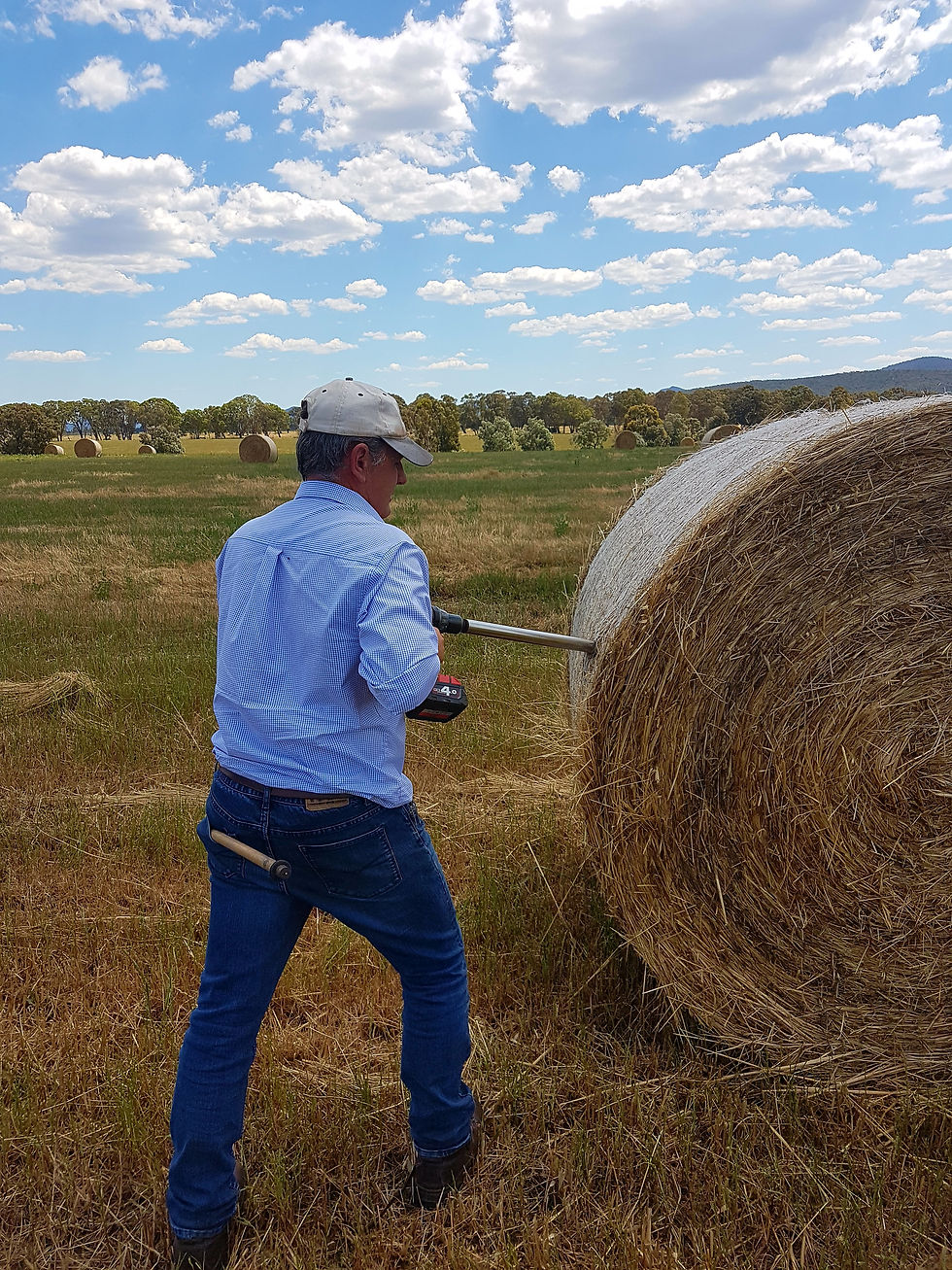HITTING GOALS ON GRASS
- Mikaela Baker

- May 31, 2019
- 2 min read
Updated: Jun 1, 2020

It is always a celebratory day when the skies open up for the Autumn break and the paddocks begin change from blowing dust to healthy shades of green.
The new grass starts to spring up and within a few weeks we can start running animals across permanent pastures for a beneficial pick, and then not too long after start to see our newly sown paddocks come into the mix. After many months paying a high price for protein, particularly this summer where feed prices went beyond the profitability line for most, it can be easy to let the animals do their own thing. However, unfortunately grass does not come without its own challenges, and in the early days we need to keep the feed trips going to supplement the animals through their transition from lower quality feed on to rocket fuel grass.
A rumen takes minimum three weeks as a rough rule of thumb to adjust to a change in feed and going from high fibre-low protein feed to low fibre-high protein grass is a major adjustment. Not only do we need to look at feed efficiency, but to take care of our new pasture growth as this is a key time point that can dictate home grown fodder production for the rest of the season. Therefore, we want to take it easy and allow for proper plant establishment and tillering for continued growth through winter.
Although protein is up, there can be too much of a good thing. For example, if changing from a cereal based diet to all green grass, the crude protein percentage triples. Additionally, the new, short grass will not have enough fibre for the rumen to run effectively, therefore passage rate will be high - costing the animal energy. A full rumen is optimal for all classes of stock, particularly those about to lamb or calve.
Once the animals are sufficiently transitioned, it is ideal to keep some starch grains (wheat, barley, oats etc.) in the mix, but understandably this is not always a possibility, particularly when feed prices are so high. Proving key minerals such as sodium (in salt) and magnesium can make a large difference for significantly lower cost.
Often on a full grass diet, due to the high protein and low fibre, there is a large loss of minerals out of the system (or inability to absorb out of the feed due to passage rate) and an energy cost to the animal to process the protein.
New grass can have lower magnesium, high potassium (soil type of fertilisers) and lower salt, which all contributes to decreased amounts of magnesium absorbed, a key nutrient for the central nervous system. Providing balanced levels of sodium and magnesium, with the addition of calcium and phosphorus are valuable requirements when on lush feed.
Our Consultants
EXPERTS IN RUMINANT PRODUCTIVITY
Mark Facy
0437 243 320
Owen Rees
0429 437 823
Mikaela Baker
0457 243 391
To download a copy of this article, please click the link below...




Comments